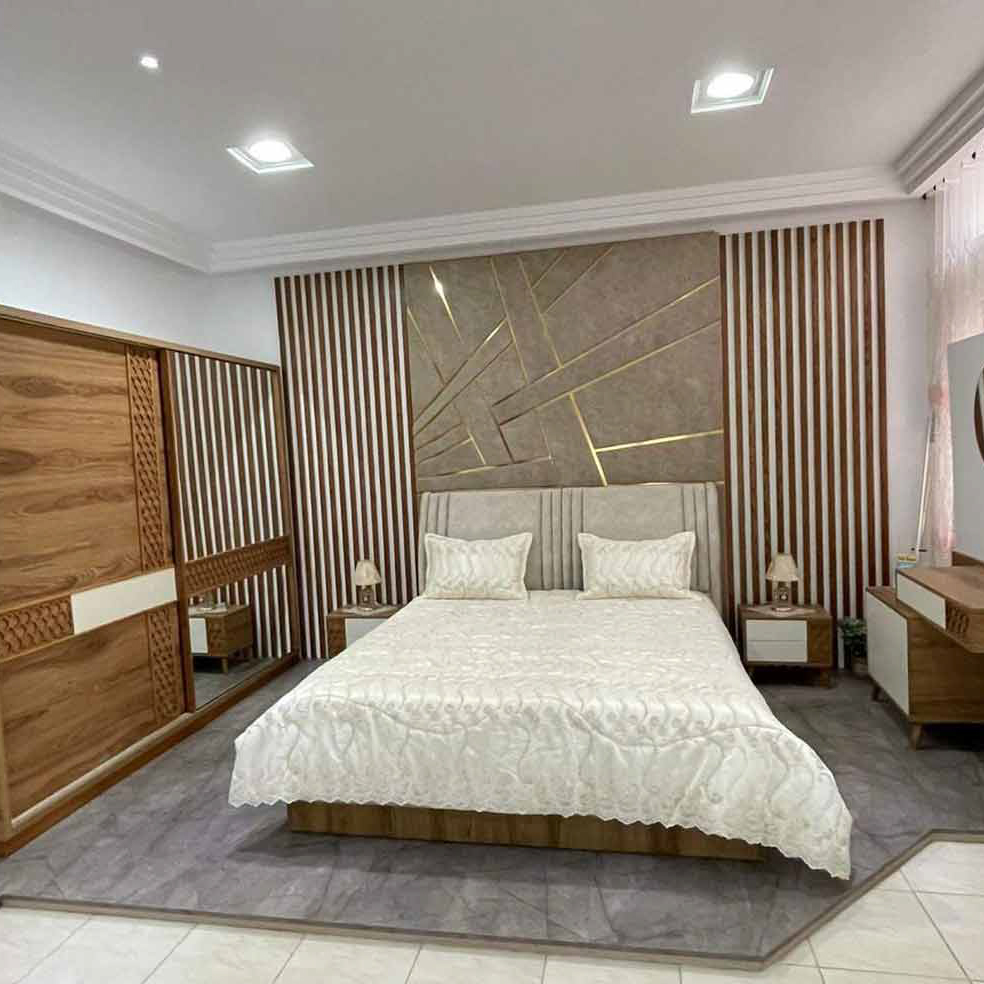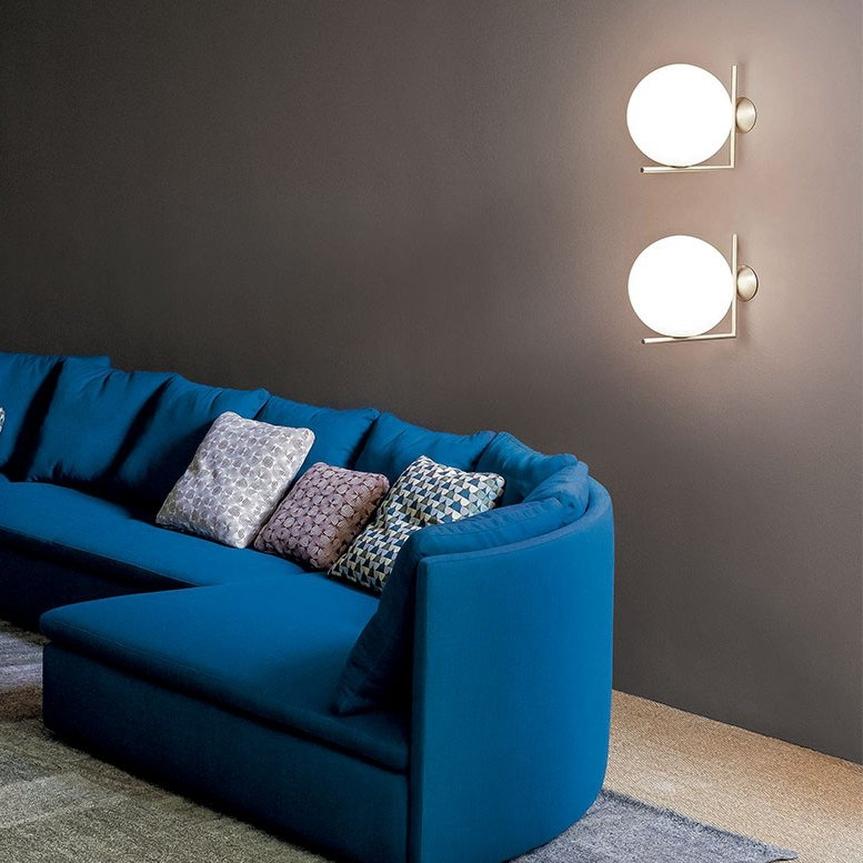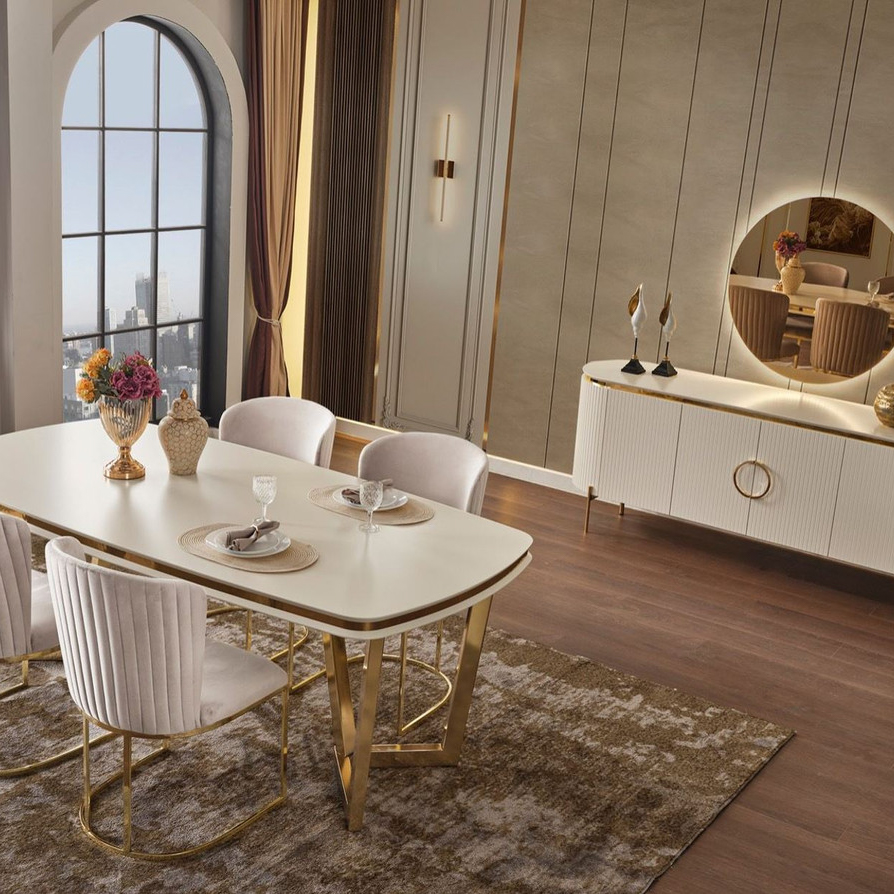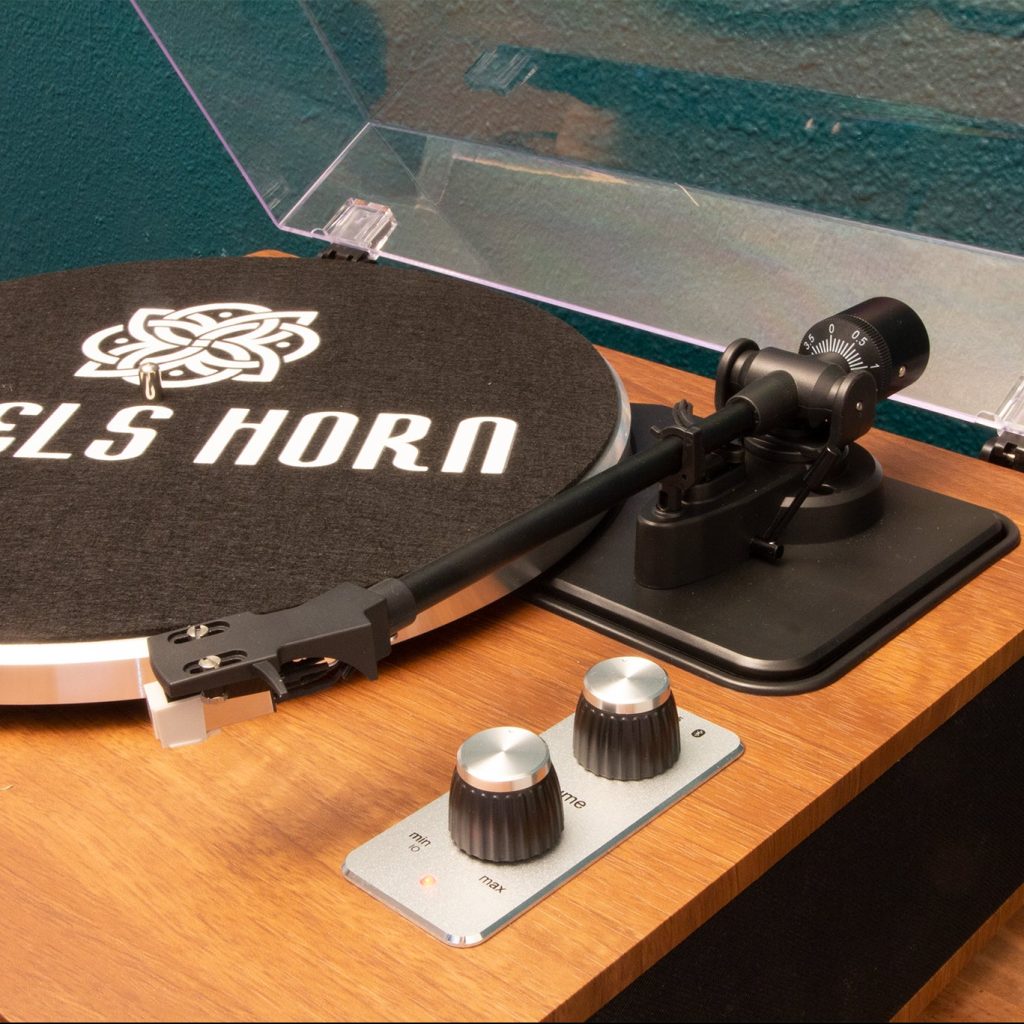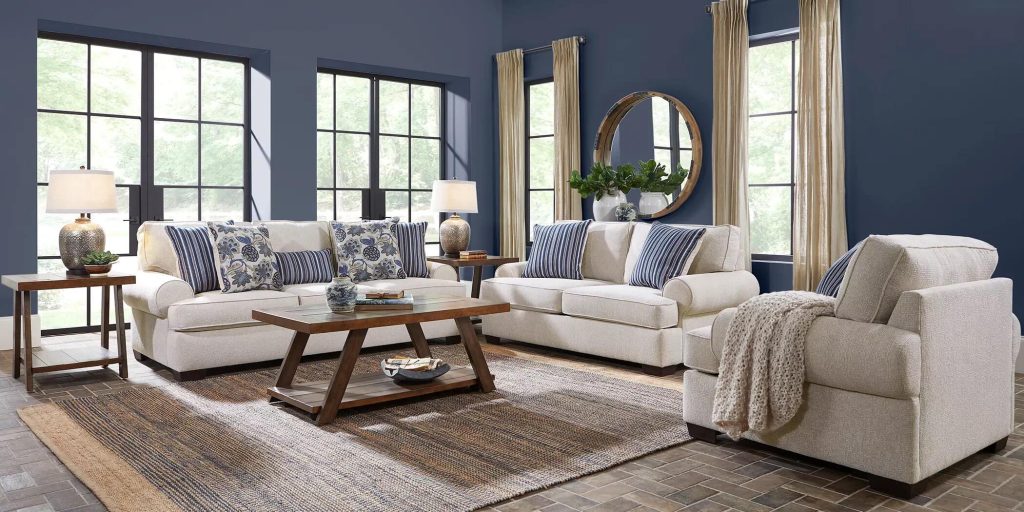Introduction: What is Scandinavian Style?
Scandinavian style, also known as Nordic design, is a design aesthetic that originated in the Scandinavian countries of Denmark, Norway, Sweden, and Finland in the early 20th century. It is characterized by simplicity, minimalism, functionality, and a focus on natural materials and light. Scandinavian design emerged as a response to the ornate and heavy styles that were popular at the time, and it sought to create a more streamlined and functional approach to design.
The origins of Scandinavian design can be traced back to the early 20th century when a group of designers and architects in the region began to reject the ornate and heavy styles that were popular at the time. They sought to create a more streamlined and functional approach to design that focused on simplicity and functionality. This movement was influenced by the principles of modernism and the Bauhaus school of design.
Characteristics of Scandinavian style include clean lines, minimal ornamentation, and a focus on natural materials such as wood, leather, and wool. The color palette is typically neutral, with white being a dominant color, along with shades of gray and beige. Scandinavian design also emphasizes the importance of natural light and incorporates large windows and open floor plans to maximize the amount of light that enters a space.
The Importance of Natural Light and Neutral Colors in Scandinavian Design
One of the key elements of Scandinavian design is the use of natural light. In the Scandinavian countries, where daylight can be limited during certain times of the year, maximizing natural light is crucial. Large windows are often used to bring in as much light as possible, and curtains or blinds are kept minimal or sheer to allow for unobstructed views.
Natural light not only brightens up a space but also creates a sense of openness and connection to the outdoors. It has been proven to have positive effects on mood and well-being, making it an important aspect of Scandinavian design. By incorporating natural light into your living room design, you can create a space that feels bright, airy, and inviting.
In addition to natural light, the use of neutral colors is another characteristic of Scandinavian design. The color palette is typically dominated by whites, grays, and beiges, with pops of color used sparingly. This neutral color scheme creates a calming and serene atmosphere, allowing the focus to be on the simplicity and functionality of the design.
Minimalism and Functionality: Key Elements of Scandinavian Style
Minimalism and functionality are two key elements of Scandinavian design. The focus is on simplicity and eliminating unnecessary clutter. This creates a clean and uncluttered space that allows for easy movement and a sense of calm.
To achieve a minimalist look in your living room, start by decluttering and getting rid of any items that are not essential or do not serve a purpose. Keep only the items that you truly love or need, and find storage solutions to keep everything organized and out of sight.
When it comes to furniture, choose pieces that are simple in design and have clean lines. Avoid ornate or overly decorative furniture, as it can detract from the minimalist aesthetic. Opt for furniture that is functional and serves multiple purposes, such as a coffee table with built-in storage or a sofa that can be converted into a bed.
Incorporating Textures and Patterns to Add Warmth and Depth
While Scandinavian design is known for its simplicity and minimalism, it also incorporates textures and patterns to add interest and warmth to a room. This helps to create a cozy and inviting atmosphere.
When it comes to textures, consider incorporating materials such as wool, leather, fur, or knitted fabrics. These materials add depth and warmth to a space, making it feel more inviting. You can incorporate these textures through rugs, throw blankets, pillows, or upholstery.
Patterns can also be used to add visual interest to a room. Scandinavian design often incorporates geometric patterns, such as stripes or chevron, as well as nature-inspired patterns, such as floral or botanical prints. These patterns can be incorporated through textiles, such as curtains, pillows, or wallpaper.
When incorporating textures and patterns into your living room design, it’s important to strike a balance. Too many textures or patterns can make a space feel overwhelming and cluttered. Choose one or two focal points and keep the rest of the space more neutral to create a cohesive and balanced look.
The Role of Furniture in Creating a Cozy and Chic Living Room
Furniture plays a crucial role in creating a cozy and chic living room in Scandinavian design. The right furniture can enhance the overall aesthetic and functionality of the space.
When selecting furniture for your living room, opt for pieces that are simple in design and have clean lines. Avoid ornate or overly decorative furniture, as it can detract from the minimalist aesthetic. Look for furniture that is functional and serves multiple purposes, such as a coffee table with built-in storage or a sofa that can be converted into a bed.
In terms of materials, natural materials such as wood, leather, and wool are commonly used in Scandinavian design. These materials add warmth and texture to a space, creating a cozy and inviting atmosphere. Consider incorporating these materials through furniture pieces such as wooden coffee tables, leather sofas, or woolen rugs.
When arranging your furniture, keep in mind the principles of Scandinavian design. Create an open and uncluttered space that allows for easy movement and a sense of calm. Avoid overcrowding the room with too much furniture, and leave enough space for natural light to flow through the windows.
The Beauty of Scandinavian Lighting: Tips for Choosing the Right Fixtures
Lighting is an important aspect of Scandinavian design and can greatly enhance the overall aesthetic of your living room. The right lighting fixtures can create a warm and inviting atmosphere, as well as highlight key design elements in the space.
When choosing lighting fixtures for your living room, opt for fixtures that have a simple and minimalist design. Avoid ornate or overly decorative fixtures, as they can detract from the simplicity of Scandinavian design. Look for fixtures that have clean lines and are made from natural materials such as wood or metal.
In terms of the type of lighting, a combination of ambient, task, and accent lighting is ideal. Ambient lighting provides overall illumination and can be achieved through ceiling fixtures or floor lamps. Task lighting is used to provide focused illumination for specific tasks, such as reading or working. This can be achieved through desk lamps or adjustable floor lamps. Accent lighting is used to highlight specific areas or objects in the room, such as artwork or architectural features. This can be achieved through spotlights or wall sconces.
When it comes to the placement of lighting fixtures, consider the layout and function of your living room. Place ambient lighting fixtures in areas where you need overall illumination, such as in the center of the room or above seating areas. Place task lighting fixtures near areas where you need focused illumination, such as next to a reading chair or desk. Place accent lighting fixtures strategically to highlight key design elements in the room.
Using Plants and Greenery to Bring Life to Your Living Room
Plants and greenery play a significant role in Scandinavian design and can bring life and freshness to your living room. They add a touch of nature and create a sense of calm and tranquility.
Incorporating plants into your living room design is relatively easy and can be done in various ways. You can place potted plants on shelves, tables, or windowsills to add a pop of greenery. Hanging plants can be suspended from the ceiling or mounted on walls to create visual interest and add height to the space. You can also create a small indoor garden by grouping plants together in a designated area.
When selecting plants for your living room, consider the lighting conditions and temperature of the space. Choose plants that thrive in low-light conditions if your living room does not receive much natural light. Opt for plants that are easy to care for and require minimal maintenance, such as succulents or snake plants.
In addition to adding greenery, consider incorporating natural elements such as branches or twigs into your living room design. These can be displayed in vases or used as decorative accents to add texture and visual interest.
The Art of Hygge: Creating a Cozy Atmosphere with Soft Textiles and Warmth
Hygge is a Danish concept that is central to Scandinavian design and lifestyle. It is all about creating a cozy and comfortable atmosphere that promotes well-being and contentment. Hygge is achieved through the use of soft textiles, warm lighting, and a focus on comfort.
To create a hygge atmosphere in your living room, start by incorporating soft textiles such as blankets, pillows, and rugs. Opt for materials that are warm and cozy, such as wool or faux fur. These textiles add warmth and texture to the space, making it feel more inviting.
Warm lighting is another important element of hygge. Use warm-toned light bulbs or candles to create a soft and cozy ambiance. Avoid harsh or bright lighting, as it can detract from the cozy atmosphere.
Comfort is key when it comes to hygge. Choose furniture that is comfortable and inviting, such as plush sofas or oversized armchairs. Add cushions or throws to make the seating even more comfortable.
Adding Personal Touches: Incorporating Art and Accessories into Your Design
Adding personal touches to your living room design is an important aspect of Scandinavian style. It allows you to express your personality and create a space that feels unique and inviting.
When it comes to art, choose pieces that resonate with you and reflect your personal taste. Consider incorporating artwork that features nature-inspired themes or abstract designs, as these are commonly found in Scandinavian design. You can display artwork on the walls or place it on shelves or mantels to create a focal point in the room.
In addition to art, consider incorporating accessories that have sentimental value or tell a story. This could be a collection of books, travel souvenirs, or family heirlooms. These personal touches add character and warmth to the space, making it feel more lived-in and inviting.
When arranging accessories, keep in mind the principles of Scandinavian design. Avoid overcrowding the space with too many items and create a sense of balance and harmony. Group similar items together or display them in a curated way to create visual interest.
Conclusion: Embracing the Simplicity and Beauty of Scandinavian Style
In conclusion, Scandinavian style is a design aesthetic that emphasizes simplicity, minimalism, functionality, and a focus on natural materials and light. It originated in the Scandinavian countries in the early 20th century as a response to the ornate and heavy styles that were popular at the time.
Key elements of Scandinavian design include the use of natural light, neutral colors, minimalism, functionality, textures and patterns, furniture selection, lighting choices, incorporation of plants and greenery, creating a cozy atmosphere with soft textiles and warmth, and adding personal touches through art and accessories.
By embracing the simplicity and beauty of Scandinavian style, you can create a living room that is not only visually appealing but also functional and inviting. Whether you choose to incorporate natural light and neutral colors or focus on minimalism and functionality, there are endless possibilities for creating a space that reflects your personal style while embracing the principles of Scandinavian design.
If you’re looking for more inspiration on creating a Scandinavian living room, check out this article on Danish Bohemia’s website. It provides valuable tips and ideas on how to incorporate minimalist design elements, natural materials, and cozy textures to achieve the perfect Scandinavian aesthetic. Whether you’re starting from scratch or looking to refresh your current space, this article will guide you in creating a stylish and inviting Scandinavian living room. Click here to read the full article.


